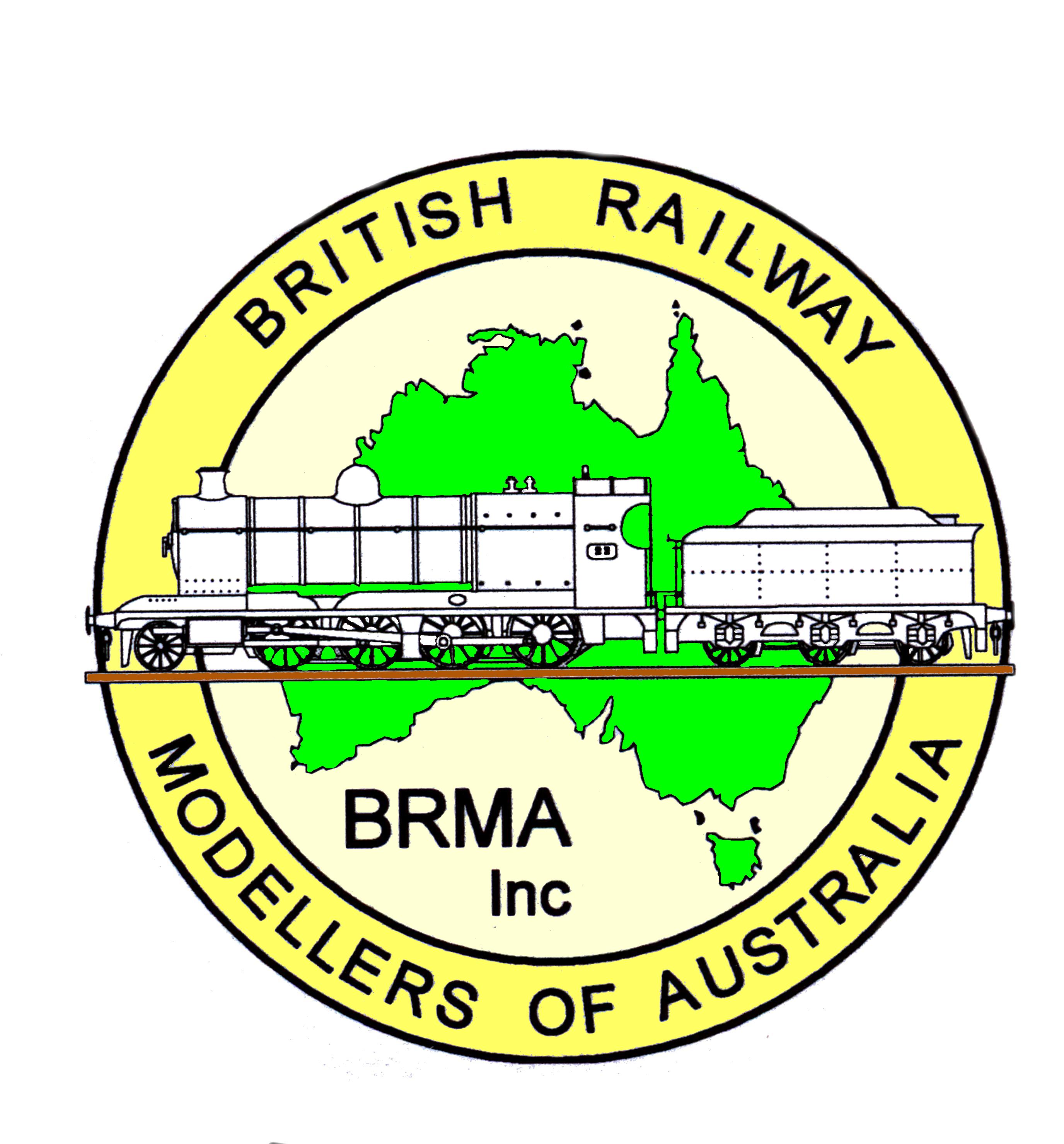SA -1372 - Mallee Lines - Synopsis
The Mallee Lines.
After modelling NSW Railways
with a small group of modelers who built layouts to exhibit a move from Sydney
to Adelaide led to a change in direction.
In Adelaide, I met up with a
group of modelers who operated their layouts under the ABLO banner. Each week
we met at a member’s layout to operate his layout to timetable. After a few
years of regular operating I started to collect a few South Australian Railways
models and decided to build a layout based on the old Hallett’s Cove track
plan. This was probably my most complete layout after 40 years modelling and
was one on which we held regular operating nights.
As many of us do, I decided
to make a change in one area and built a new terminus station on its own
baseboard module that dropped into the layout. It was dropped into place and connected
before the running nights scheduled. Little did I realise that we would decide
to downsize the house and move. This new section was the only part of the
layout saved. This convinced me to build future station yards as modules that
could be easily moved.
In our new home the only area
for a layout was the single car garage, which meant that there were a few
limitations. I decided that each station module would be 6 ft. long, with the back
scene and fascia boards as part of the baseboard structure. This meant that I
could work on the module sitting at a chair, as well as turn it on its side to
solder wiring. As each yard was in a limited space I used track and points to
juggle around until I came up with a track layout that I was happy with. Each
yard had a cattle siding, an oil depot, a goods shed and loco sidings. I find
it much easier to visualise the station layout and the operation when I see it
full size on the baseboard.
Track is Peco code 75 track
and points. Nearly all the points are operated by a wire running from a slide
switch to the point throw rod. This switch is used to change the frog polarity.
This required careful planning to ensure the tube and wire were all in place as
track was laid.
A
number of staging sidings fed into the station salvaged
from the previous layout, from where the line ran to a station that sat across
the room. This station formed a junction to more staging sidings and a
Victorian station, Malleeup. Track connected these two arms to form a triangle
which was used to turn trains and locos.
The South Australian line
then continued to a terminus, Yarrahville.
The layout was operated to a
fast clock timetable, and there were cards for the freight trains. The card
listed the wagons on the incoming train to be shunted off, and the wagons that
were to be picked up. As the station yards were not large, and the staging
tracks were of a fixed length this ensured keen operators did not return over-length
trains into the staging tracks.
The mainstay locos on the
layout were the South Australian Railways 830 diesels and the Victorian
Railways T class diesels. One of the limiting factors was that once a train
returned to a staging track, unless there was some shunting around the loco was
not readily available to use again.
This layout operated for
nearly nine years before I decided to make a few alterations. The layout
featured in two issues of Continental Modeler.
Mallee Lines - Mark 2.
The station across the middle
of the room was always a barrier in the garage and after much thought I decided
to rebuild the layout. Tailem Bend as it was called was removed and a new
staging yard built to connect on one end of the layout (see Photo). Two new
stations have now been built along one wall and a new set of freight sidings
along the opposite wall. It has been a compromise between a realistic track
layout and the requirements of building an operating layout. This was also the
chance to finally get the large wheat silo building out of its box and built
into a layout.
After the major alterations, trains
have been running again, and we are all gradually starting to get used to the
new layout design. All of the layouts have been DCC
controlled which has worked out to be a very flexible system to operate the
layout with.
Modelers today are getting spoilt
for choice with the range of new models being produced. When I started building
my NSW layout we used to cut up Airfix mineral wagons
to make “S” truck open wagons, and kits on the market were a brittle material
that broke as you worked on it. The first scale NSW loco produced was the brass
38 class pacific, followed later by the 32 and 50 classes, all in brass. The
first ready to run plastic model was the Lima 44 class diesel. How times have
changed.
South Australian diesels of the 930 and 830 classes have been available, but these are now sold out from the supplier. It is only in the last two years that the South Australian modeler has had any ready to run freight wagons and passenger coaches, with a ready to run steam locomotive planned for 2018.
